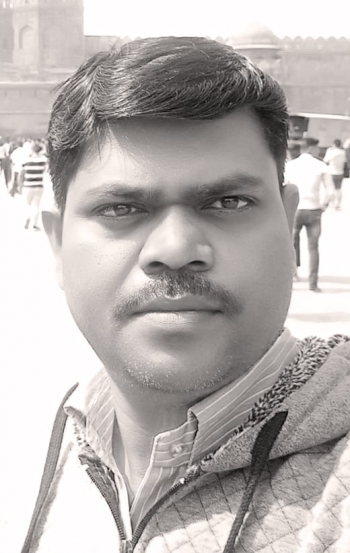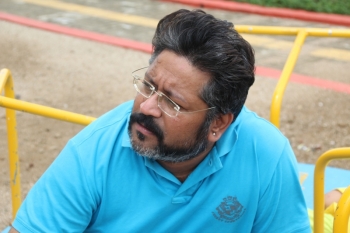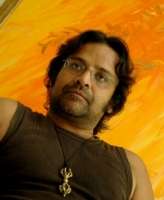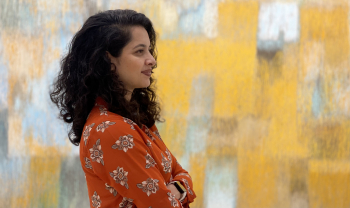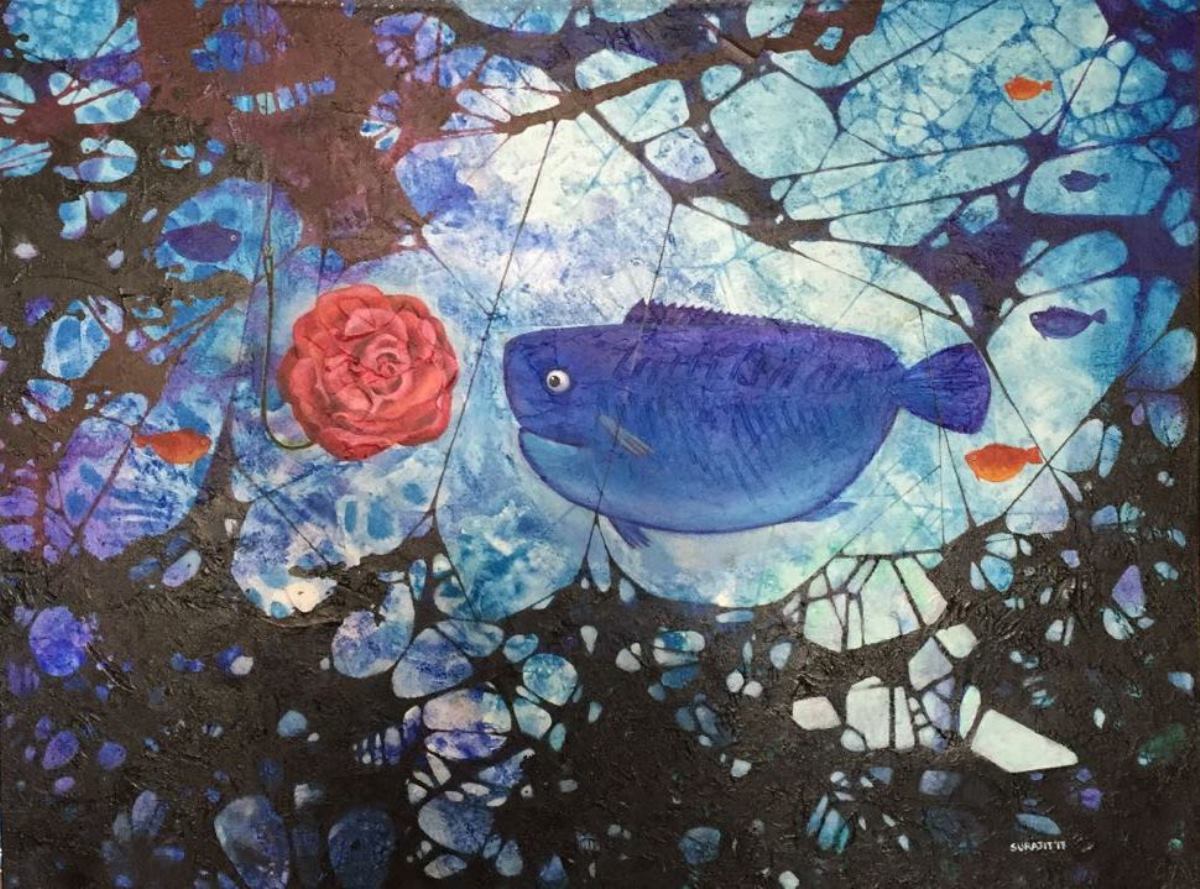
Nobody can deny the fact that art enthusiasts across the world have always praised Indian art. It has gained tremendous appreciations and is collected by a large number of art admirers.
Earlier, Indian paintings have undergone various transformations. Half a century ago, artists used to portray social, political, religious matters, Indian culture and its diversity in their paintings, however, now, Indian art has observed innumerable changes.
People often confuse between modern and Indian contemporary art. However, neither of them are interchangeable. The actual difference lies in the time period in which the artworks were crafted.
Modern art movement began in the period of 1880s and lasted till 1960s. However, contemporary art is still in existence. Whilst modern art wasn’t so flexible and was completely influenced by some specific topics, contemporary art is much flexible and can display almost anything.
Modern artists were quite conservative, while contemporary artists are liberal. Living artists are known as contemporary artists and they have the liberty to experiment with any kind of art.
Mostly, their paintings are influenced by today’s surrounding and on-going activities, be it heinous crimes, global warming, political scams, or literally anything. Sometimes it could be something beyond the realism of the world, or something undefined. Basically, paintings that have no forms, no shape, and aren’t much understandable at a first glance are referred to as abstract art which you can find in the abstract art gallery.
Origination of Indian Contemporary Art
The story of Indian contemporary art started after the formation of Bombay Progressive Artists’ Group in 1952. The group was founded and established by six eminent modern artists- F. N. Souza, S. H. Raza, M. F. Husain, K. H. Ara, H. A. Gade, and S. K. Bakre. Later, few more artists got associated with the group. Those were Manishi Dey, Ram Kumar, Akbar Padamsee, and Tyeb Mehta.
Also Read: Tips for Collectors: How to understand and qualify abstract art?
This art form was introduced in the post-colonial India, where prominent modern artists initiated newest methods and tactics of expressing thoughts.
However, the Bombay Progressive Artists’ Group got vanished in 1956, it played a significant role in altering the thought, appearance, and structure of the Indian art fraternity. No doubt, the group laid the foundation for Indian contemporary art, but that wasn’t all it did. In fact, the group made a great influence on several emerging artists.
After the dissolvent of the group, a completely new genre came into existence and that was the genre of new contemporary artists. These artists adopted eccentric designs, earthy and bold colour palette and more. Basically, their paintings were more provoking and mind stirring.
However, the new age contemporary artists completely took over visionary India and created images relating to the same. On the other hand, some of the painters chose to picture the struggles and social disgrace in the everyday life of the Indian society.
Young artists, or one in the present time, concentrate more on portraying the actual situations that Indians are facing in their day-to-day life.
The Global Presence
It won't be any wrong to say that contemporary art is the art of today. Over the past few years, Indian contemporary art has gained immense popularity and worldwide reach. It succeeded in acquiring the attention of art collectors, critics, curators, and auction houses across the globe.
From paintings to sculptures, and pottery to dining ceramics, it has carved it's way a very long. The effervescence of Indian contemporary art has hugely enticed the world and has also earned unexpected appreciations from the art critics across the globe.
Also Read: Uncovering the different roles of artists in our Society
The biggest benefit it obtained was from the cross-pollination of different regional styles that reflect the concept of a united India.
Some of the most sought Indian contemporary artists are T.V Santhosh, Atul Dodiya, Subodh Gupta, and Jitish Kallat.
These artists are known for hypnotizing the global western audience with their unmatched style and unique selection of themes while maintaining the essentiality of Indian quality.
Popular Contemporary Art Forms
There are various contemporary art forms with each having own unique style, concept, meaning, and ideology. But here, I have described only those that is talked a lot by the artists and art lovers. Those are-
Performance Art
It's a beautiful amalgamation of poetry and visual art where artists talk with the viewer in a more personal way. Body art is one of its forms.
Installation Art
The arrangement of this art is so that it forms a visually dramatic atmosphere. These artworks usually require a large space or entire room to showcase their real beauty.
Minimalism art
Unlike other styles, the prime objective of this contemporary form is to illustrate the actual concept or idea behind the art. The artist portrays the bare form in the simplest way and usually make grid or pattern of some kind.
Conceptualization
As the name suggests, these kinds of art forms usually display the concepts behind the art and promote the idea that it's not necessary for art to be a mundane object.












